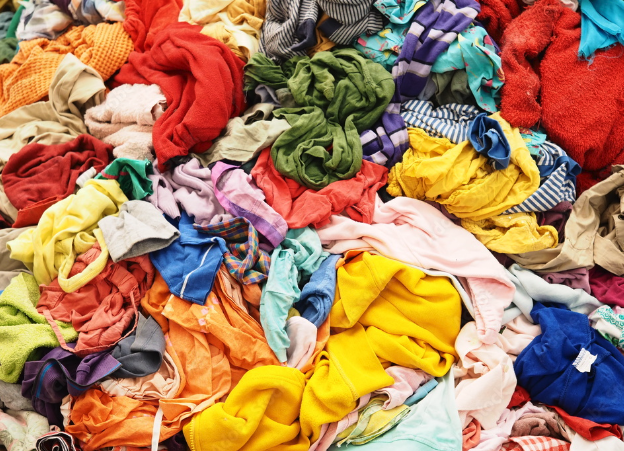The Fast Fashion Fallout: The Circular Economy and the Future of Sustainability in the Fashion Industry

It’s no secret the fashion industry is a top contributor to global textile waste. Every year, millions of tons of textiles are incinerated or placed in landfills where they take hundreds of years to decompose. Fortunately, there is hope as sustainability becomes a priority among young consumers.
A U.S. survey of young adults revealed that 80% of them are willing to shell out extra money to own more sustainable products. But since apparel companies can funnel a steady supply of reasonably priced customer returns and excess stock into the secondary market, young shoppers may not need to do so.
Economic benefits of sustainable practices
From production to retailing, the negative environmental effects of fast fashion are apparent. We know that it’s not sustainable for businesses to maintain the level of production required to meet current demand.
Additionally, activities upstream from garment manufacturing—fabric production, preparation, and processing—accounted for 70% of the industry’s total GHG emissions.
As garments fade into obsolescence, retailers are left holding large amounts of unsold inventory. With few options for managing this excess until relatively recently, it’s clear why the fashion industry is tied so closely to environmental pollution. Fortunately, there is a business case to be made for sustainability.
By optimizing resource usage and reducing waste, fashion companies can save costs and improve their bottom line. Doing so can even open up new customer segments and drive sales growth.
Sustainability is increasingly important to consumers, and many actively seek out environmentally and socially responsible brands. By adopting sustainable practices, fashion companies can grab the attention of conscious consumers who prioritize ethical products.
The role of the secondary market in reducing waste
Simply put, recommerce promotes a circular economy, a model that strives to minimize waste and maximize the use of resources by keeping items in consumers’ hands for as long as possible.
In the context of fashion, this means shifting away from the traditional linear model of “take, make, dispose” towards a system that prioritizes recycling, upcycling, and reusing garments.
With the rise of online platforms and marketplaces dedicated to recommerce and flourishing resale businesses, consumers now have easier access to second-hand fashion than ever before.
This shift in consumer behavior not only extends the lifecycle of garments but also reduces demand for new production, ultimately shrinking the industry’s carbon footprint.
By tapping into the secondary market, retailers recoup value from returned and excess inventory while keeping these items in use and out of landfills.
Using a value recovery platform, retailers can sustainably sell amounts of surplus that would overwhelm traditional liquidation methods—all while cutting disposal fees, inventory carrying costs, and remarketing efforts required to put items back on shelves.
The future of sustainability in the fashion industry
Consumer brands will continue to embrace sustainable thinking throughout the entire supply chain.
We’ve seen big players step up to the plate already. Nike has committed to using 100% renewable energy in its factories by 2025. Zara has pledged to use only organic or recycled cotton, linen, and polyester to create garments by 2025, along with the complete adoption of green-only packaging.
It’s a changing narrative, as 58% of Gen Z and Millennials understand their closets contribute to climate change, compared to 43% of consumers overall. This demonstrates a growing sense of environmental responsibility among consumers that will drive change in the industry.
The future of sustainability in the fashion industry lies in adopting a circular economy approach. By embracing recommerce, addressing textile waste, and promoting collaboration—by brands, manufacturers, consumers, and policymakers—the industry can transition towards a more sustainable and responsible future.
About the author:
Marcus Shen is the CEO of B-Stock, a B2B marketplace space and specialist in excess stock monetization for returned and slow-moving stock, regardless of the category, quantity, condition, or location.

